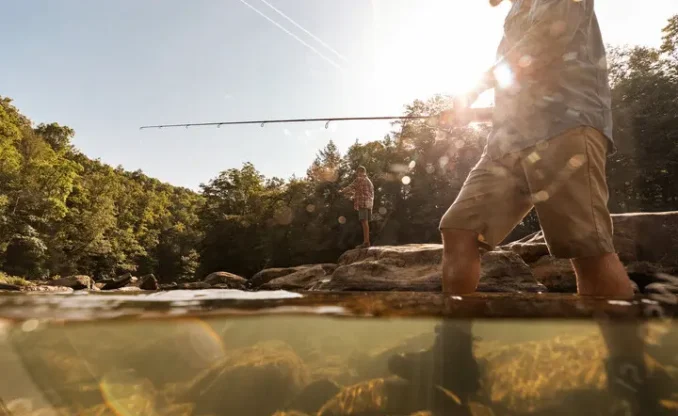Fair Food and Excellent Cover
Purple Laurel (Catawba Rhododendron) – Rhododendron catawbiense
Great Laurel (Rosebay Rhododendron) – R. maximum
Form
Large, dense evergreen shrubs, ranging in height from 6 to 15 feet (occasionally as tall as 30 feet). Purple Laurel tends to be shorter than Great Laurel at maturity.
Bark
Yellow green on newer twigs, brown on older growth.
Leaves
Alternate, simple, evergreen, leathery and dark green (often turn yellowish on exposed shrubs during winter). Purple Laurel leaves are oval to oblong, 2 to 5 inches long, rounded at base and tip and pale green beneath. Great Laurel leaves are oblong shaped, 4 to 8 inches long, somewhat pointed at tip and base and rusty green beneath.
Flowers
Purple Laurel- Lilac purple color, in 4 to 6 inches diameter clusters mid to late May.
Great Laurel- Light rose to white color, in 4 to 6 inches diameter clusters, mid May to early July.
Fruit
Oblong, hairy capsule, brown at maturity.
West Virginia Range
Purple Laurel- Fayette, Greenbrier, Mercer, Nicholas, Pocahontas, Raleigh and Summers.
Great Laurel- Throughout WV except Berkeley, Hampshire, Jefferson, and Morgan counties.
Natural Habitat
Purple Laurel- Dry mountain woods, frequently in shallow soils and associated with cliffs and rock outcrops.
Great Laurel- Damp woods, moist slopes, along stream banks or in cold swamps.
Wildlife Uses
Leaves are browsed heavily by deer in the winter. Laurel shrubs are excellent year-round cover for deer, rabbits, bear, snowshoe hare, ruffed grouse, turkey, and many songbirds.
Horticulture
Uses: Screens, borders, or as a specimen
Light: Partial shade
Soil Moisture: Moist
Problems: Serious insect problems are borers, black vine weevil and strawberry weevil. Serious disease problems are wilts, dieback and twig blight. The above insects and diseases must be controlled immediately to prevent death to shrubs. Leaf scorch is common in winter on exposed shrubs. Chlorosis and dieback are common when shrubs are not planted in proper soils and locations.
Compiled by: Emily K. Grafton, botanists, naturalist and environmental educator, Morgantown , West Virginia .
Written by West Virginia Native Plant Society members and jointly published with the WV Wildlife Diversity Program.



